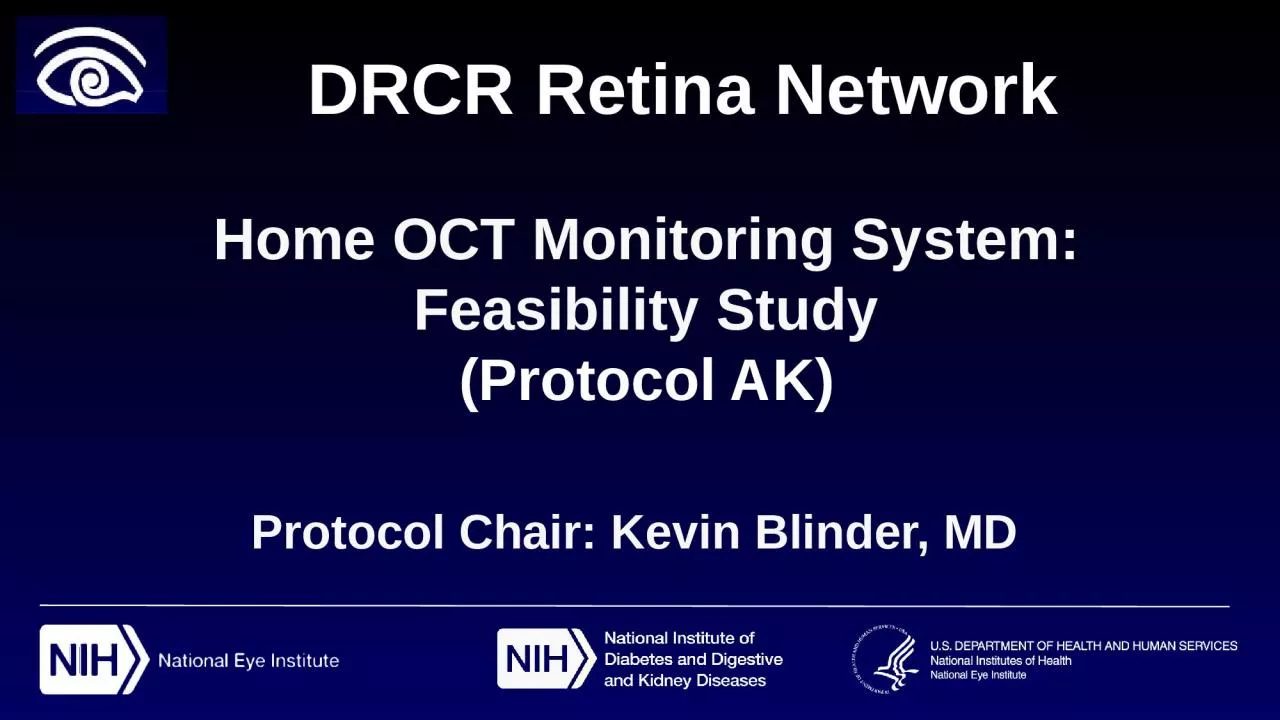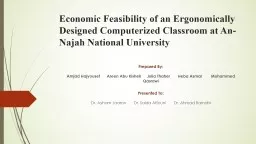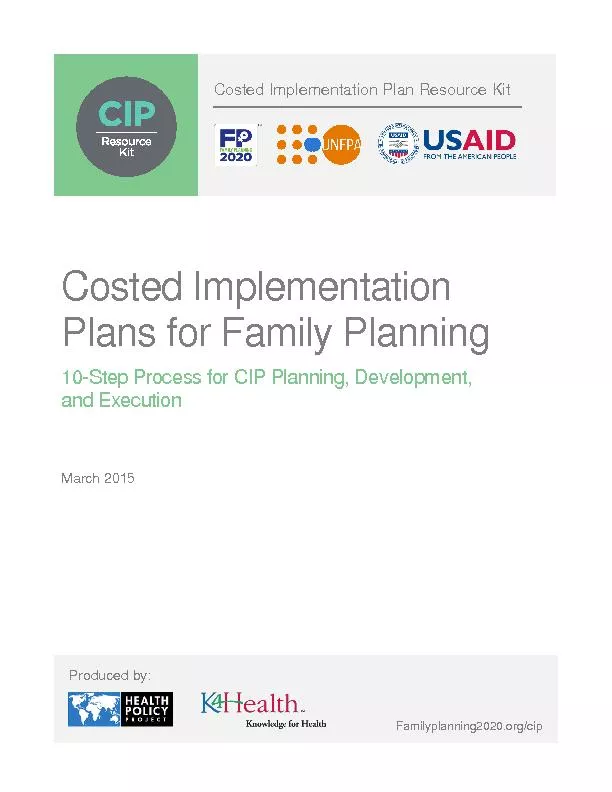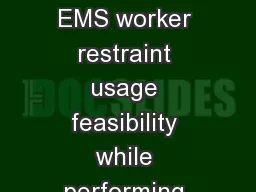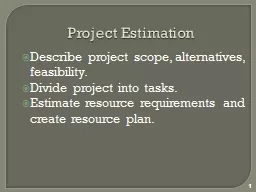PPT-Home OCT Monitoring System: Feasibility Study
Author : harmony | Published Date : 2024-02-09
Protocol AK Protocol Chair Kevin Blinder MD DRCR Retina Network Background Treatment of neovascular AMD nAMD with antiVEGF therapy is a major improvement but at
Presentation Embed Code
Download Presentation
Download Presentation The PPT/PDF document "Home OCT Monitoring System: Feasibility ..." is the property of its rightful owner. Permission is granted to download and print the materials on this website for personal, non-commercial use only, and to display it on your personal computer provided you do not modify the materials and that you retain all copyright notices contained in the materials. By downloading content from our website, you accept the terms of this agreement.
Home OCT Monitoring System: Feasibility Study: Transcript
Download Rules Of Document
"Home OCT Monitoring System: Feasibility Study"The content belongs to its owner. You may download and print it for personal use, without modification, and keep all copyright notices. By downloading, you agree to these terms.
Related Documents

